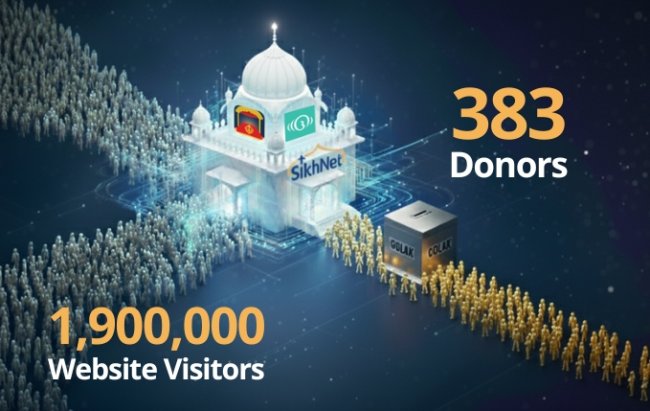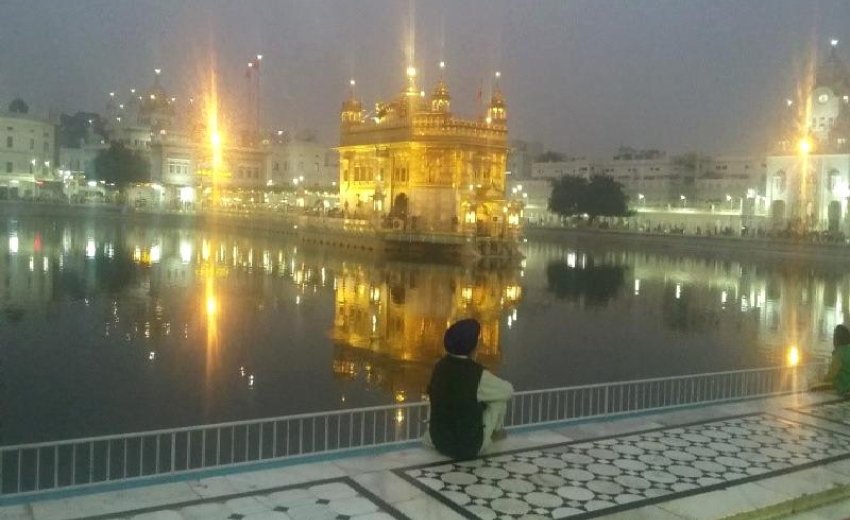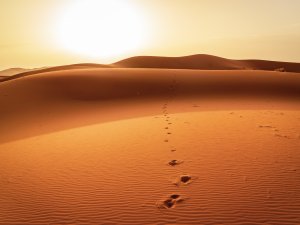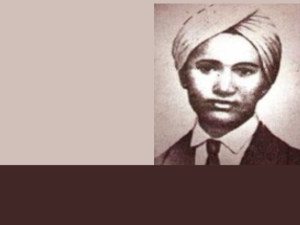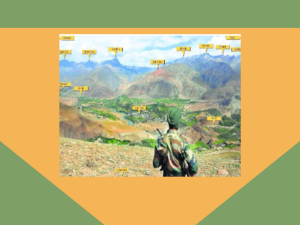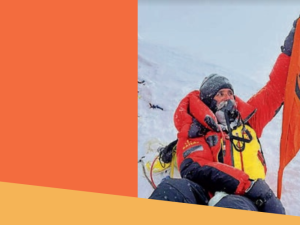First Steps
I had just concluded my articles on my visit to Sri Lanka when S.Gurbachan Singh from Dabhwali came to meet me to seek more details of our visit. During our discussions he saw my great desire to visit Nankana Sahib in Pakistan and he offered to help. I had a strong desire to go on pilgrimage to the place of which I had often dreamt; recited in prayers in Gurdwaras along with the gathered congregation, and to visit the other specific places in Pakistan which connected me to the Great history of the Great Guru; Guru Nanak, especially since I was doing research on the Guru for an encyclopedia. Another important point was my eagerness to visit my place of birth in Lyallpur district.
S Gurbachan Singh took my and my wife’s passport and five photographs each with a token amount for the visa. After about four months on 9th November 2016, I got the confirmation of arrival of our visa. From India, Shiromani Gurdwara Parbandhak Committee (SGPC) and Delhi Sikh Gurdwara Management Committee (DSGMC) send groups to Pakistan on four occasions i.e., Guru Nanak’s Birthday, Vaisakhi, Guru Arjan Dev Ji’s Martyrdom day and Maharaja Ranjit Singh’s Barsi. Applications are invited about five months before the event which can be submitted to the nearest SGPC/DSGMC office along with the passport, a token payment and the photographs. It is very important to be in a group of 10 pilgrims, under a common leader, since it is needed at the time of application for proper coordination of the comfortable journey and for the safety of one’s belongings. The Pakistani Embassy gives out group pilgrimage visas only 3-4 days before the start of the visit.
After receiving our visa, our plan was to reach Amritsar on 11th November, form the group, and board the train at Atari early morning on 12th November for Wagha in Pakistan. To our shock and dismay, on the night of 8th November we watched Mr. Modi Prime Minister of India declared ban on Rs 500/- and Rs 1000/- of Indian currencyon TV and then order the closing of banks on the 9th and ATMs on the 9th and 10th November.
On the 9th, I went to collect our passports and on the 10th I tried to get enough currency for our travel since we had only the Rs 500/- and Rs 1000/- notes with us which were of no use after the ban. After a lot of running around, it was a sheer luck that my nephew Kulwinder Singh helped me with Rs10,000/- in Rs 100/- notes and managed some dollars in case it helped.
On 11th November we reached Amritsar and had a comfortable stay at the rest house in Sri Guru Hargobind Nivas at Sri Harmander Sahib complex. On the morning of the12th at 4.30 AM, we proceeded to pay obeisance at Sri Harmander Sahib — really a spectacular place. The great complex remains open 24x7 and enjoying its serenity and beauty at different periods of time, with thousands of continuously differing people visiting the complex from all over the world, gives one very different experiences. Depositing our shoes and washing our hands, feet and face we stepped inside the complex. The floating of the main Gurdwara upon the tranquil waters in the wee hours was mesmerizing. The chants and lights reflecting on the water filled us with a deep feeling of peace. The scenic beauty was awe inspiring. The white buildings surrounding the main temple reminded us of the majestic stories we were told in childhood. The main temple appeared as shining golden boat floating on the holy lake. Watching with jaws dropped and photographing the sight from all angles, we traveled into the dream world.
While walking on the parkarima (parameter) along the tranquil waters of Ramsar, I found that the reverberating words floating on lilting music from Sri Darbar Sahib entered every pore of my body creating ecstatic feelings. Seeing the holiest shrine through the main gate (deodhi) and the shimmering waters of Ramsar spread as a vast sheet around, feeling the serenity of the entire environment was really a mesmerizing moment for me.
We reached Akal Takhat at 4.45 AM. Preparations were being made to bring out the sacred scripture from Akal Takhat, the Godly throne once occupied by the Sixth Guru, Sri Guru Hargobind Sahib, and we joined the devoted congregation waiting with the palanquin (Palki Sahib) to take the Supreme Sikh scripture to the sanctum sanctorum at Sri Harmandir Sahib. The two flags flying on sky-touching poles unfurled in full majesty, showing the grandeur of the Akal Takhat, the holiest seat of Sri Guru Hargobind Sahib Ji. The towering Nishan Sahibs fluttered with full magnanimity.
The Head Priest of the Akal Takhat appeared from inside the Akal Takhat along with the Holy Scripture. Everyone touched their head on the floor in reverence and a celestial chant began on all sides. Following the palanquin, the sangat (congregation) moved towards Deodi Sahib in slow motion. The waiting Sikhs on each flank prostrated before the Holy Scripture with deep reverence. The multi-coloured fish moved along majestically in the waters of Ramsar as if party to the procession. The environment all around in this early hour was heavenly. The shining beauty of the entire complex flodded gold in the waters and appeared to be swimming, as if in a palanquin of its own. The sea of lights around matched the lights reflected in the water. Entering and paying obeisance at Sri Harmandir Sahib and seeing God’s world inside the complex was a dream come true. I had visited Sri Harmandir Sahib countless times, but the feelings I had at the wee hours this time is unforgettable, and I cherish the wish to be present again and again in such a magnanimous environment.
Having paid our obeisance at Sri Harmandar Sahib we took an auto-rickshaw and reached Atari at about 6.30 AM. It took quite a long time to check in at Atari. Our currency was to be exchanged at the railway station Atari by the State Bank of India. This however did not materialize due to the confusion with new currency rules. The bank did not open at all for the day and hence we had to move forward without the currency exchange.
